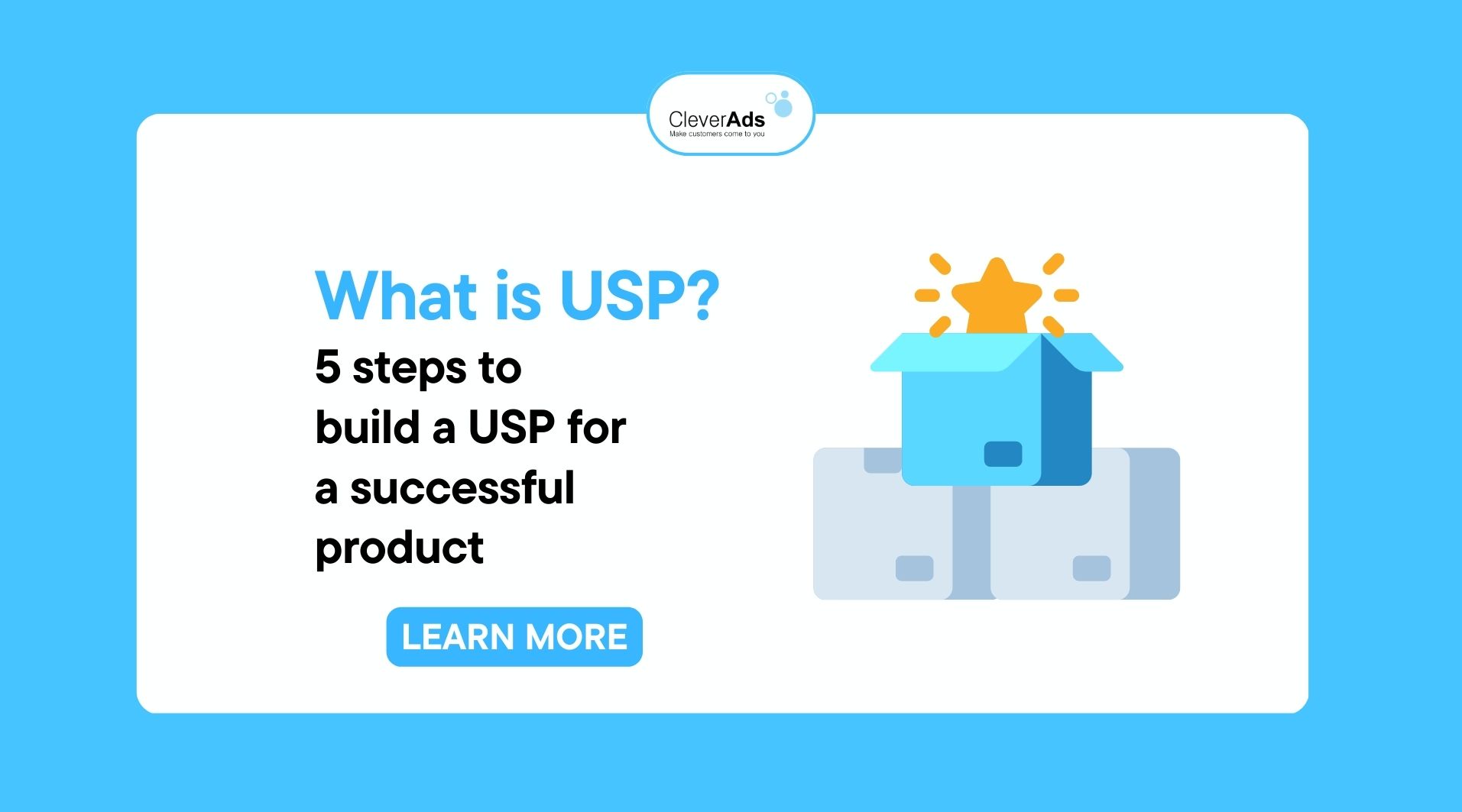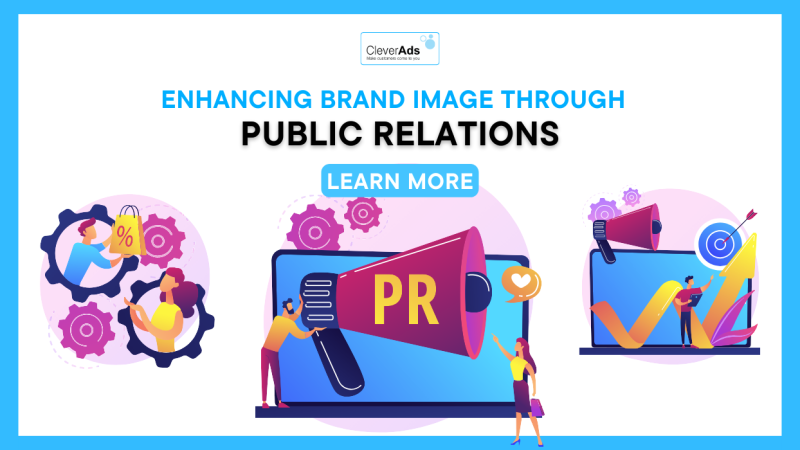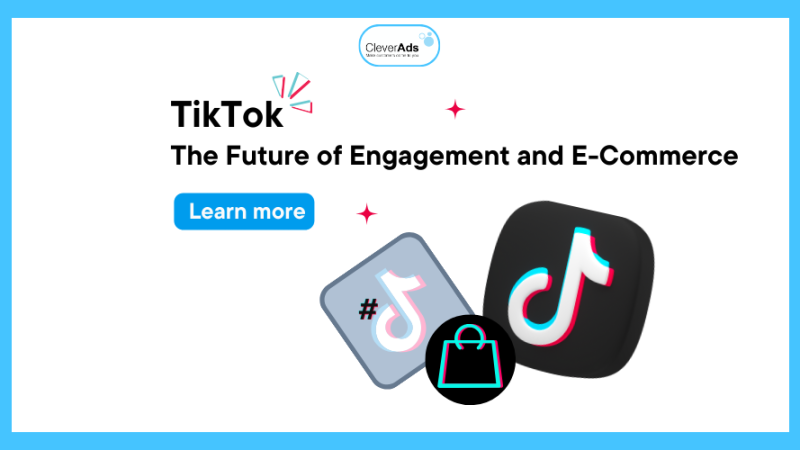What is USP? 5 steps to build a USP for a successful product

When it comes to dominating the market, it is impossible not to mention the USP factor. For a genuine Marketer, it is necessary to understand the definition of this term, to help businesses find the outstanding USP suitable for the product. So what is USP? Let’s learn about USP through the article below.
1. What is USP?
U(nique) S(elling) P(roposition) – USP also known as the unique selling point, a term that any marketer must understand. It can be roughly understood as an enterprise’s unique points, separating its imprint from competitors.
USP is a factor used to distinguish the product/service a business provides as the best material, the lowest price, the first item on the market, etc.
In Marketing, if your USP is communicated clearly, it will be an excellent way to attract consumers to find the product, helping to increase sales. In addition, using USP effectively will affirm your product’s position in the competitive market, making sales easier.

2. What are the benefits of USP?
In the era of information technology that covers everywhere, and forms of Online Marketing have grown, the USP is even more important in highlighting the difference between businesses. So what are the benefits of the USP? Let’s find out right here.
2.1. Build an effective marketing campaign
When there is a good USP, businesses can use it to build communication strategies for the product. The marketing process needs to delve into the product’s unique characteristics to influence consumers’ buying psychology.
Build advertising content with the product’s USP to help viewers remember and impress the image and unique characteristics of the product. This is an indispensable element when implementing the branding process for businesses, which will help the campaign make an impression and create trust with customers. In addition, if the ad is associated with a good USP, it will increase the conversion rate-CVR.
2.2 Increase competitive advantage and establish a strong position
It can be said simply when there are 2 products of the same type on sale, if one has more outstanding features, such as price and ingredients, it will be chosen by more consumers.
In today’s fiercely competitive market, almost no product is unique, and businesses must constantly confront each other. What advantages do companies use in facing business competitors? That is continuously building and developing the USP for the product/service. As a result, businesses will create priority advantages for products/services and stimulate growth, thereby maintaining their position in the market.

3. The 5-step process of building a successful USP
The ultimate purpose of USP is to answer the question, “why should customers choose to buy your product? “. A common business mistake is that brands try to position every product feature rather than focusing on one dominant USP. But as a result, customers have to absorb too much information, and eventually, they will not remember the product’s highlight. For that reason, focus only on one unique selling point of your business, and build a plan to highlight that feature.
Here are 5 steps to help you determine the USP for the dominant product/service.
Step 1: Understand customer needs and ask why questions
To understand what customers want, the first thing is to put yourself in their place, thereby finding the preferences, attitudes, and factors that make consumers decide to buy a product/service.
See also: What is consumer behavior? A detailed guide for beginners
At this step, it is necessary to coordinate with customer service and psychology experts, especially to talk with specific customers to clarify their wishes and concerns.
Questions can be asked to understand consumers, such as:
- What do they expect from the brand they choose?
- What is customer pain?
- What is the selling price that meets the requirements?
For example, if your business deals in women’s handbags and needs to determine the USP, ask questions like:
- On what occasion will this bag be used?
- What age is suitable to use which bag model?
- Does the bag hold more or less?
- What style will make them love?
- What fashion trends do they have?
Ask as many questions as possible, which will help you research the product in detail and portray your customer well.
Step 2: Play the role of the customer and answer the questions
Once you’ve compiled a list of detailed questions about your product and customer persona, answering those questions will help you portray the right USP. You need an objective view to answer the questions posed, from which you will draw points for improvement in your product.
Step 3: Understand what customers want
After answering the questions posed, you need to draw things about customer insights and synthesize them, to select the most helpful information that can be used to develop USP.
For example, for women’s handbags, as above, customers aged 25-40 will want elegant and sophisticated party bags, and younger customers will like trendy modern designs and light colors. Lightweight, durable material, and many compartments. Note that the USP needs to be consistent with what the customer wants.
See also: Insight, the key factor when building a marketing strategy.
Step 4: Determine the value that the product will bring
The USP of the primary product is “unique value” list the importance of the product you are offering and then filter and find the best factor. Determine what you will serve the customer, whether the need is right, and how the values and needs are aligned.
Step 5: Identify the USP, the point that makes customers choose your products/services, not your competitors
USP will go through and parallel with the product, so it is necessary to carefully consider the unique value that the business will bring to customers. Besides, the USP is the factor for consumers to remember your product, so the USP needs to be realistic, prominent and hit the customer’s mind.
An effective USP will include the following characteristics:
- Hard to imitate
- Have influence, spread throughout the market
- Unique and different
- Focus on bringing value to customers
4. Some examples of USPs of big brands
4.1 Yakult – Good for the digestive system
When it first appeared in Vietnam, Yakult brought a new USP, “good for the digestive system” besides, Yakult’s products were also certified by the Ministry of Health. This makes Yakult increasingly popular with consumers, creating a mentality that it will supplement probiotics and stimulate digestion when drinking Yakult.
4.2 Starbucks – Premium coffee
Starbucks has built a very clear strategic vision, offering a premium cup of coffee for as little as $2 – a price range everyone can afford. Besides, Starbucks also focuses on the customer’s shopping experience, and there will be no waiters at the shop to make the space quieter and more comfortable. This has helped Starbucks become the world’s leading coffee chain, owning more than 25,000 locations globally.
4.3 Heads & Shoulders – clean up to 99.9% of bacteria, prevents dandruff
While Heads & Shoulders’ USP is nothing new, it’s one of the most successful paved USPs ever. Heads & Shoulders has built itself a simple USP that claims to be “the world’s #1 anti-dandruff shampoo”. Since then, whenever customers want to find anti-dandruff shampoo products, they immediately think of Heads & Shoulders.
5. Conclusion
USP is the highlight that helps businesses affirm their brand and separate from competitors in the market. This article will help you better understand what USP is and how to determine the USP that suits the product and creates sympathy with customers, raising the brand’s position.


